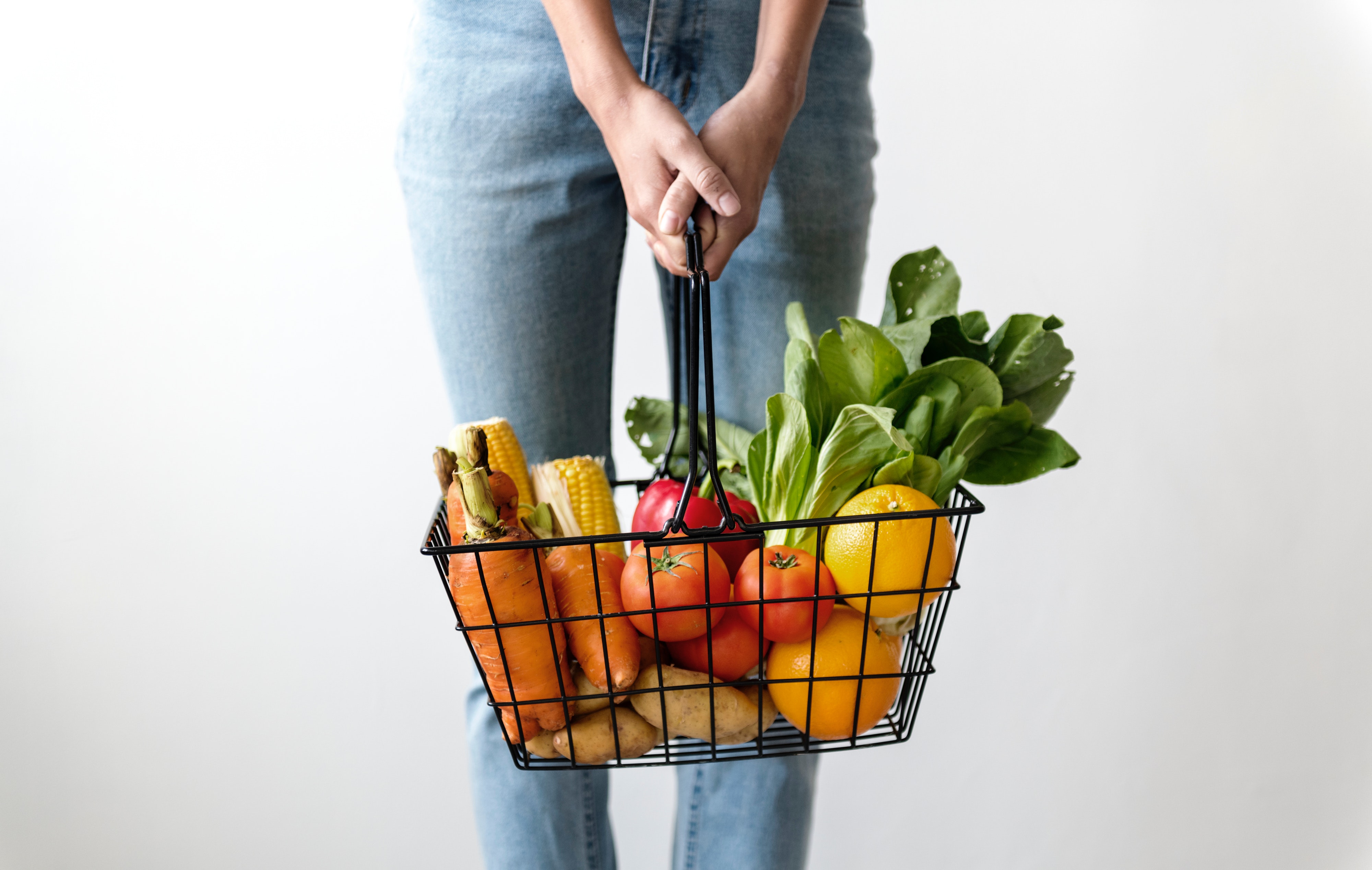


The Future of Food: From Sustenance to Experience
It’s no secret that Americans love food. But the food we love today — and how we go about procuring and preparing it — has changed dramatically due to technological advances of the last few centuries. In the last century alone, we’ve seen innovations like frozen food, early kitchen appliances reducing preparation time, and microwaves making meals nearly instantly available.
You’d think food would be completely transformed once the internet became big … right?
Not quite. In its first couple decades, the internet didn’t really affect our eating lives. Late-90s early grocery delivery ventures like Webvan came and went, leaving connected computing out of the kitchen and dining room for nearly two decades.
However, in the past few years, food and technology have become more intertwined, from foodie Instagram posts, to meal kit services, to zero-human-interaction restaurants.
And we at NextView Ventures think it’s just the beginning. Internet entrepreneurs are redesigning what we call the Everyday Economy — the things people experience every single day of their lives. And food is a key part of our lives that’s being reimagined by adventurous founders.
How Can Food Be Reinvented?
When most people think of food innovation, they think of the creation process — and there certainly have been radical ideas for completely rethinking the idea of food itself.
However, for us at NextView, we’re most interested in those companies where internet-enabled connection facilitates that preparation. Not only do we see that that technology can provide leverage in scaling a business model, but that it can also help empower entrepreneurs to create companies without significant startup costs. That’s because food startups don’t necessarily have to facilitate physical bits — they can just involve digital bits.
For the past two years, we have been investors in MealPal, a subscription lunch plan for consumers to pick up great meals at local restaurants at jaw-dropping discount prices. The restaurants win too — they gain efficiencies in creating dozens of the same meal for consumers. The company itself doesn’t prepare meals. It doesn’t touch any food. And it doesn’t even deal with delivery. But its business model innovation has resulted in over two million lunches across the globe since its initial launch.
Nor do food startups need to be consumer-facing. Enabling software layers can redesign the experience of food consumption even if it’s not at all transparent to the consumer. Our investment in Upserve, a restaurant management platform, empowers these businesses with a suite of services to run a smoother operation and exceed guest expectations. Analytics, payments, and point-of-sale features give restaurants owners core functionality to running their business efficiently. And features like “guest book” personalization and loyalty programs can delight the consumer with their dining experience.
There are certainly a number of trends going on in food space now, ranging from healthy and socially-conscious eating becoming a lifestyle not just a diet, to grocery delivery wars. We’re most interested in startups that can be capital-efficient with a seed investment, yet still have the bold vision to help redesign one of the most important aspects and experiences of our daily lives.
Food Trends We’re Watching
Some of the trends we are interested in right now include, but aren’t limited to:
Speed and Convenience
In an “always-on” world, accessing easy choices for food whenever and however has become increasingly valued by consumers. Americans ordered nearly two billion takeout meals last year with digital ordering surging.
The binary choice of “eating in or dining out” is being transformed into a continuum of options — from scratch cooking with grocery-bought ingredients, to grocer-purchased prepackaged foods, to meals which are prepared only requiring reheating, to meal kits, to restaurant prepared meals for delivery/pickup, to in-restaurant dining with its myriad of options, to virtual and physical social dining clubs, to home chef exchanges — and many gradations in between.
Connected startups will continue to facilitate the breadth of options, empowering people to eat whenever prepared however.
Healthy Affordability
It’s undeniable that there is an obesity epidemic in this country and throughout the world. Processed foods have contributed to the problem in part because they’re not only more convenient, but also quite typically less expensive. We believe that the tradeoff between health and affordability is a false dichotomy, and that software-enabled startups can help reduce that reality. Digital informational content can help educate and influence behavior, and technology-enabled food prep and delivery can extend access to more nutritional eating options.
Supply Chain Efficiency
Behind the scenes, the route ingredients follow to get to your plate can be inefficient and cumbersome. The transportation link between producers, wholesalers, retailers/restaurants, and consumers isn’t always the most direct or efficient. In many cases along the way, the path is still planned and tracked with paper and pencil or cumbersome manual spreadsheets.
This situation leads to both meaningful food waste in addition to increased costs for all parties (and ultimately the consumer). We believe that startups have a unique opportunity to think radically differently about how that journey unfolds.
It’s amazing a how basic daily necessity like food has transcended its initial function to become an experience, and technology has helped facilitate and enhance that transition. As part of the Everyday Economy, we believe that food is ripe for more innovation from connected startups.





